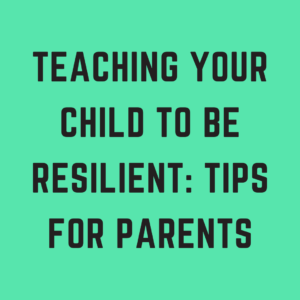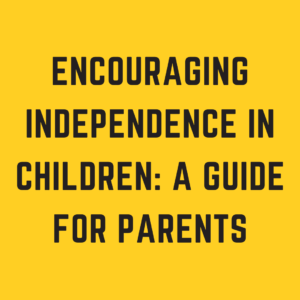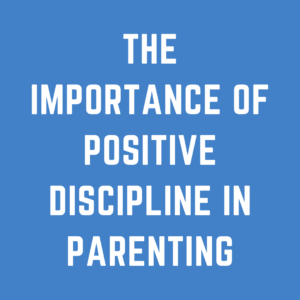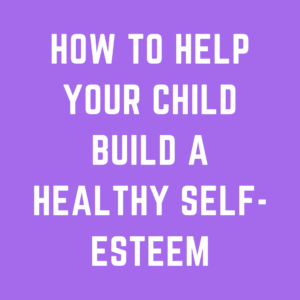As a parent, you’ve likely experienced a tantrum from your child at some point. Tantrums can be overwhelming, frustrating, and stressful for both parents and children.
However, it’s important to understand that tantrums are a normal part of child development and can be handled effectively with the right approach.
Here are some tips on how to handle tantrums as a parent.
- Stay Calm
It’s essential to stay calm when your child has a tantrum. Children can sense when their parents are anxious or stressed, and this can escalate the situation.
Take a deep breath and remain calm. Remember, your child’s behavior is not a reflection of your parenting skills.
- Validate Your Child’s Emotions
Tantrums are often a result of a child feeling overwhelmed, frustrated, or out of control. It’s essential to validate your child’s emotions and let them know that it’s okay to feel angry, sad, or frustrated.
Use phrases like “I understand you’re upset” or “I hear that you’re feeling angry.” This approach can help your child feel heard and understood.
- Ignore Attention-Seeking Behavior
Sometimes, children have tantrums to get attention or to test their boundaries. Ignoring attention-seeking behavior can be an effective approach in these situations.
If your child is having a tantrum for attention, try not to react and instead focus on other activities or tasks. This approach can help your child learn that tantrums are not an effective way to get attention.
- Use Positive Reinforcement
Positive reinforcement can be an effective way to prevent tantrums. Praise your child for positive behavior and acknowledge their efforts.
This approach can help your child feel appreciated and motivated to continue positive behavior.
- Set Clear Boundaries and Expectations
Setting clear boundaries and expectations can help prevent tantrums. Let your child know what is expected of them and the consequences of not meeting those expectations.
This approach can help your child understand what is expected of them and reduce frustration.
- Offer Choices
Offering choices can help prevent tantrums by giving your child a sense of control. Offer choices that are age-appropriate and within your comfort level.
This approach can help your child feel empowered and reduce frustration.
- Use Distraction
Distraction can be an effective way to prevent or diffuse a tantrum. Try to redirect your child’s attention to something else, like a toy or a book.
This approach can help your child forget about their frustration and move on.
- Be Consistent
Consistency is key when it comes to handling tantrums. Stick to the same approach each time and avoid giving in to your child’s demands.
This approach can help your child understand what is expected of them and reduce frustration.
- Seek Support
If your child’s tantrums are frequent or severe, seeking support from a pediatrician or a mental health professional can be beneficial. They can provide guidance on effective strategies and support for you and your child.
Conclusion
Tantrums are a normal part of child development and can be handled effectively with the right approach.
By staying calm, validating your child’s emotions, ignoring attention-seeking behavior, using positive reinforcement, setting clear boundaries and expectations, offering choices, using distraction, being consistent, and seeking support when needed, you can handle tantrums effectively and reduce stress for both you and your child.
Remember, handling tantrums requires patience, practice, and consistency, but with the right approach, you can help your child learn to manage their emotions and behaviors effectively.






